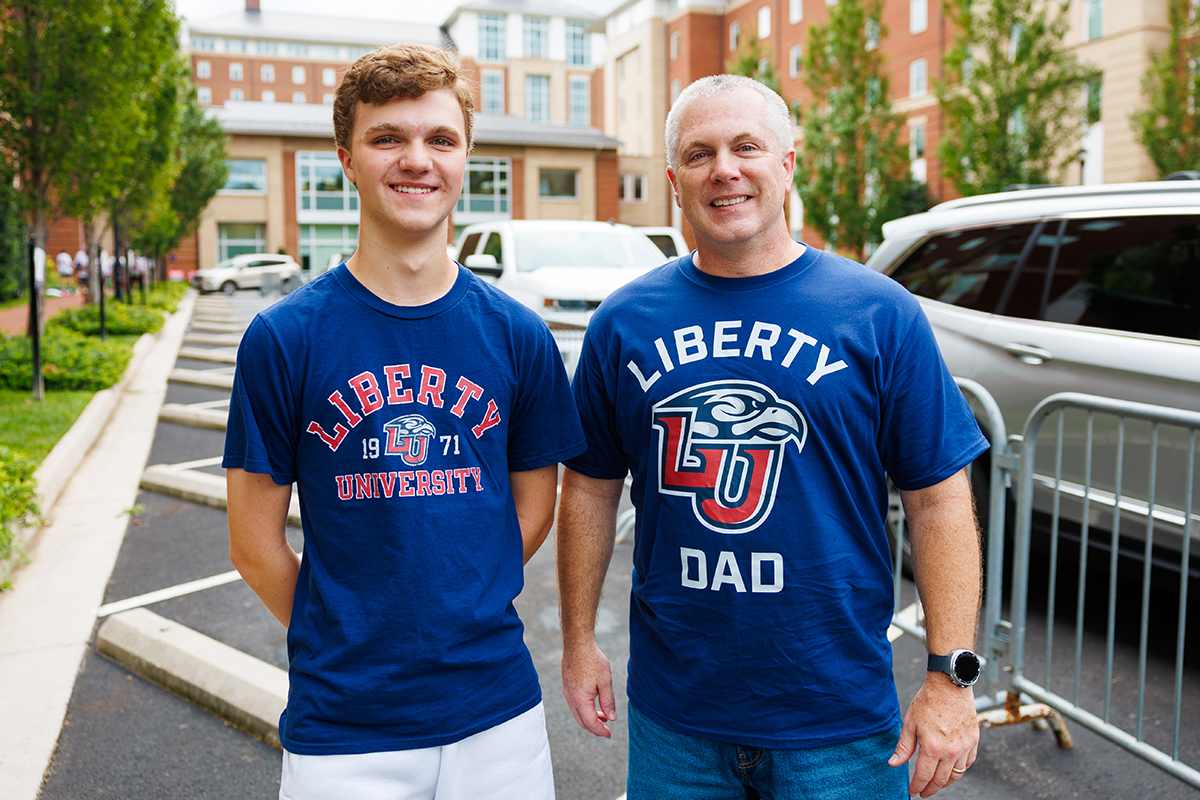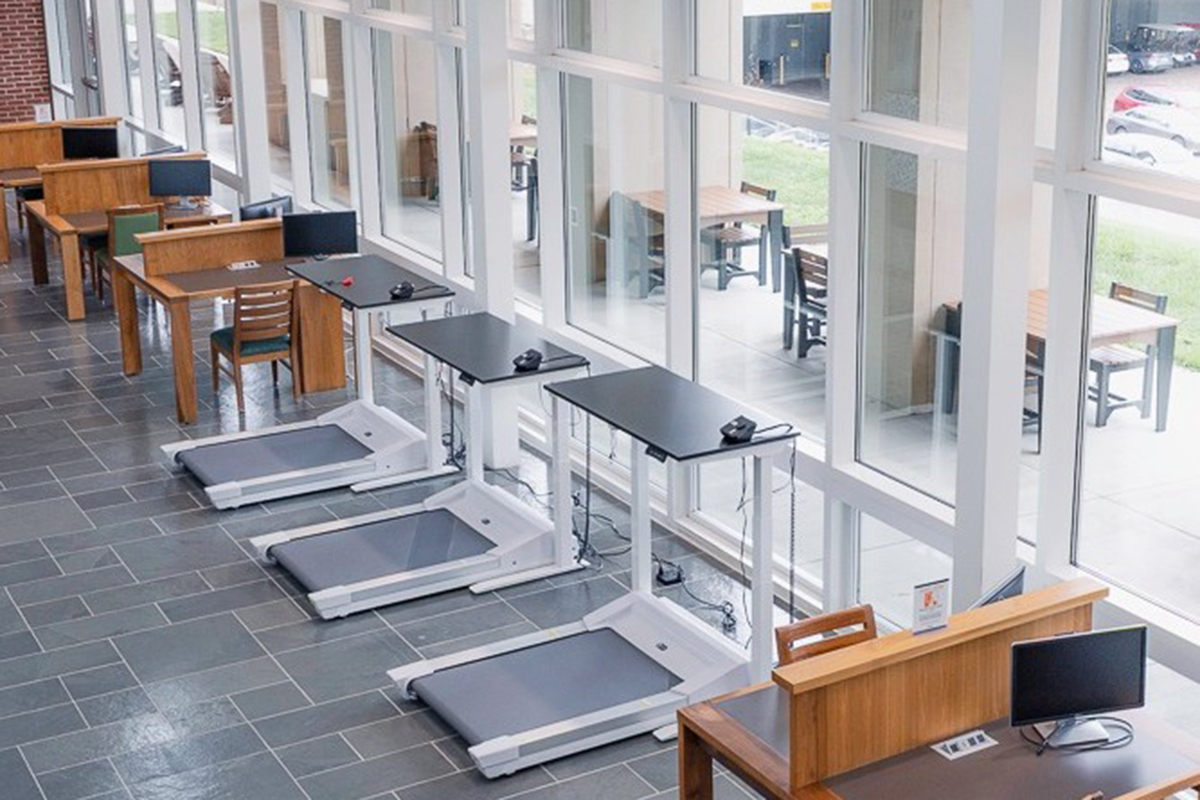Liberty student-teachers find creative ways to navigate remote teaching and connect with their students
May 8, 2020 : By By Logan Smith/Liberty University News Service
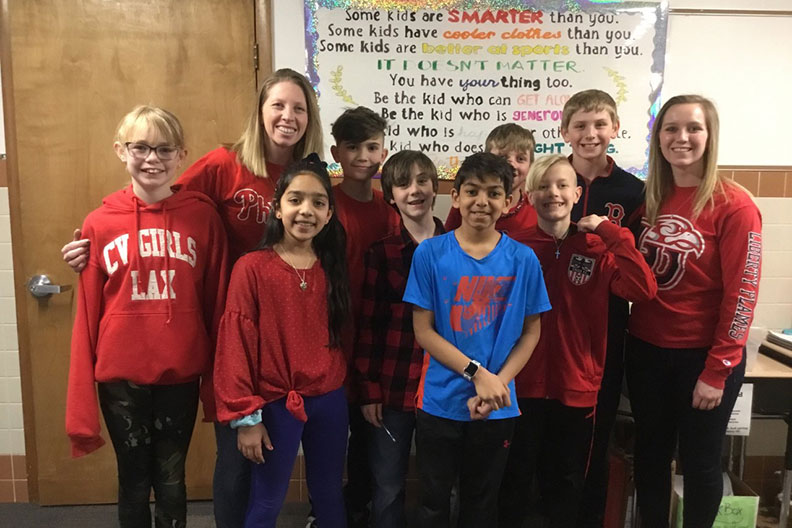
On the final school day before Spring Break, Liberty University senior student-teacher Charlotte Mast waved goodbye to her fifth grade class. She was ready for a relaxing two-week intermission but also looked forward to seeing her students again in the classroom.
“I definitely did not expect March 13 to be the last time I saw or hugged my students. It was definitely overwhelming,” said Mast, who has spent the last 16 weeks teaching in the Cumberland Valley School District in Pennsylvania.
Like most schools nationwide affected by COVID-19 restrictions, Mast’s school transitioned to an online format for the remainder of the school year, eliminating all face-to-face collaboration between students and teachers.
The shift forced Liberty student-teachers assigned to schools around the nation to utilize technology like never before by compiling lessons, assignments, and meetings through a variety of communication software like Zoom, Google Classroom, YouTube, and more.
“Remote learning is not something we’re trained to do,” Mast said. “We’re trained to be face-to-face instructors. I feel like (my students and I) were cut short and didn’t have a great closure.”
For Jessica Robinson, a Pre-K student-teacher working in Jackson County, Ga., the transition was smooth, but isolation from her students left a gaping void.
“We as teachers, we’re so attached to these children. They are our family, and their parents become our family, so it felt like our family unit had been separated,” Robinson said. “When they announced the school closure for the remainder of the school year, it was heartbreaking on all ends. … It was really tough.”
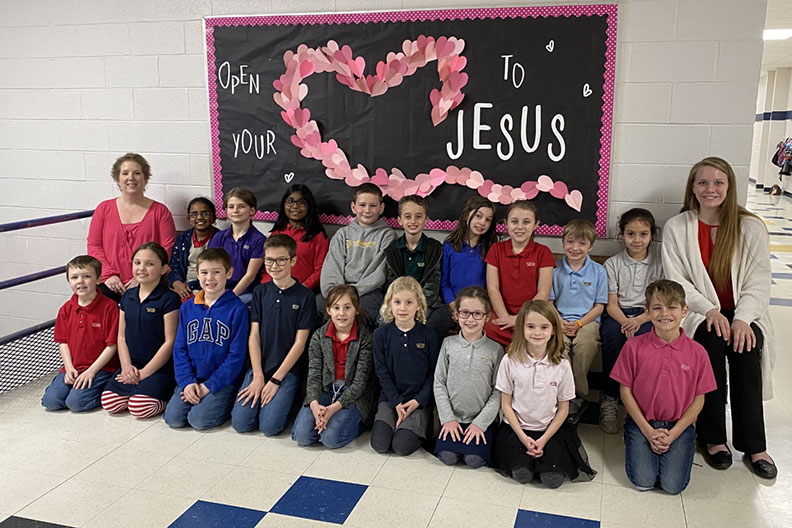
The remote transition wasn’t the only challenge facing Liberty’s student-teachers. To apply for Virginia Teaching Licensure, the Virginia Department of Education requires 150 hours of student teaching. The over 300 Liberty student-teachers nationwide feared COVID-19 repercussions would derail them from reaching that goal.
But behind the scenes, Liberty’s School of Education worked to accommodate its student-teachers during the crisis. The school maintained weekly communication with its students and encouraged each of them to continue tracking hours and submitting journals and lesson plans as intended.
Education students must fulfill a full semester (16 weeks) commitment to the classroom in the last semester of the degree program to obtain licensure. Students can choose to complete student teaching in an accredited school system in the local area or in an external location, including international locations.
“The biggest fear was that our student-teachers wouldn’t be allowed to participate at all and that all the hard work completed up until this point wouldn’t be enough,” said Liberty Director of Student Teaching Ginny Shank. “Despite the uncertainty of state requirements, our student-teachers have maintained such a positive outlook, lots of maturity, and hope.”
The School of Education submitted a request for modification to the Virginia Department of Education to help its student-teachers apply for and acquire their Virginia Teachers Certificates on time, despite performing the second half of their semesters virtually.
“It was a long waiting period to see if our hours would count or not,” said Payton Carter, an elementary education student-teacher at Timberlake Christian School in Lynchburg, Va. “Finally, when we got confirmation (on May 6), it was a big relief. A big weight lifted off.”
Shank said the resolution was an answer to prayer.
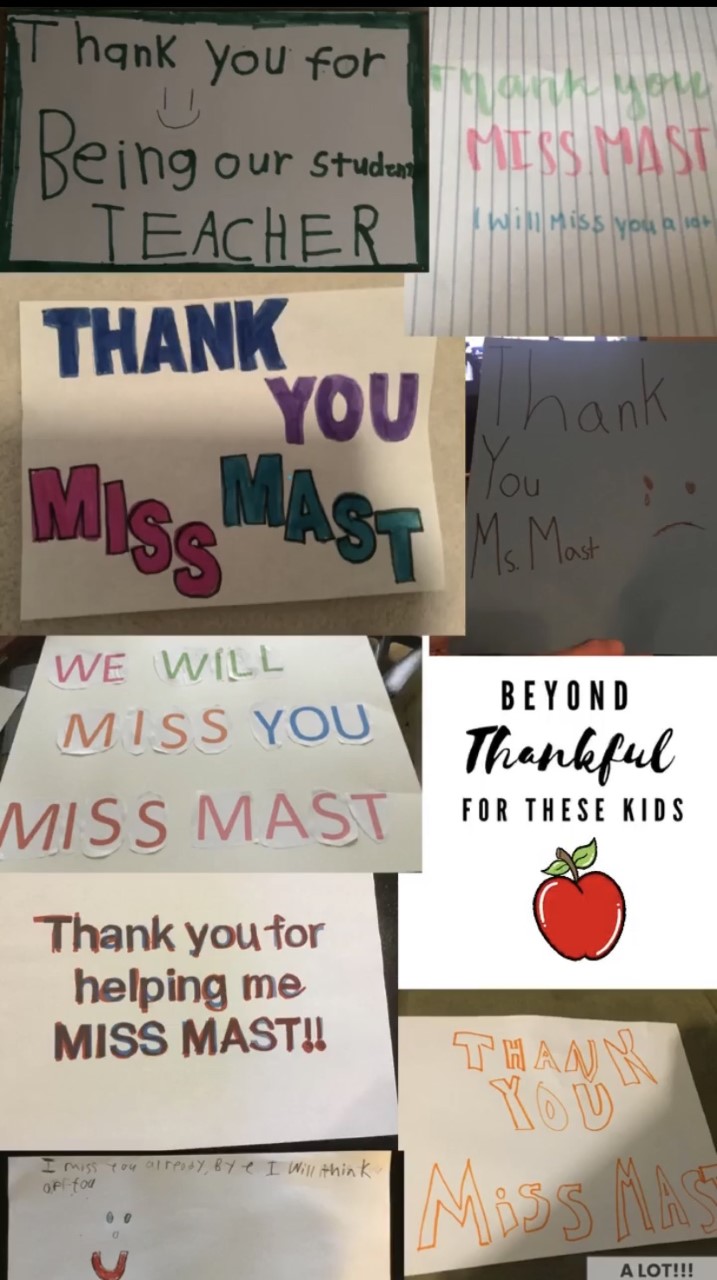
“We have a lot of relieved student-teachers right now who worked very hard and will be able to fully complete their program, graduate and be licensed teachers out making a difference in the fall,” Shank said. “It’s been a true blessing, because the children and the young people in our country need these great teachers in the fall. So, I’m so grateful that our country’s young people have them.”
Liberty’s student-teachers have found creative ways to navigate the new climate and connect with their students. While some students performed live synchronous sessions, some created YouTube channels to record songs and reading lessons. Robinson even created a Facebook page for her students.
“That was one of my goals for my student teaching course: how to incorporate technology in more efficient ways,” Robinson said. “And this is definitely an area I’ve been able to grow just because of the opportunity that presented itself. … This crisis has taught me to be a much more intentional teacher. It has definitely made me think outside the box.”
“I really feel that our student-teachers have been a light to their cooperating teachers and students with their determination to stay positive and be flexible and to serve the students,” Shank added. “I’m proud of them, because they’ve reflected Liberty well, but more importantly, they’ve represented Christ well. I think it’s amazing how God has prepared them for what the future may hold in their teaching experience.”
